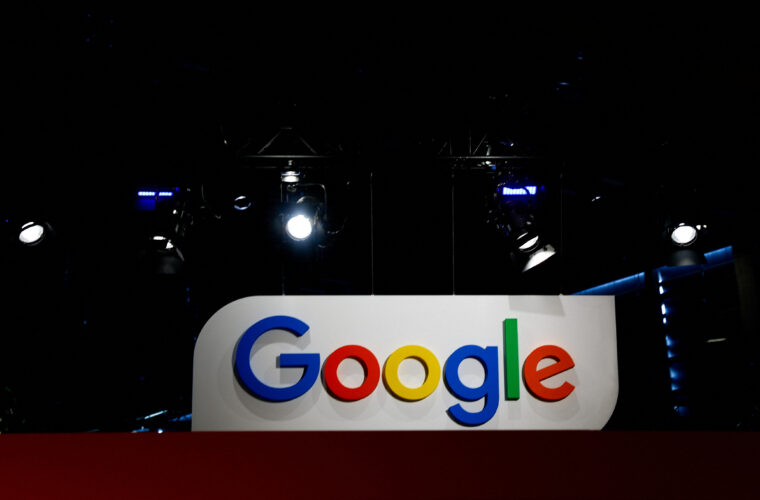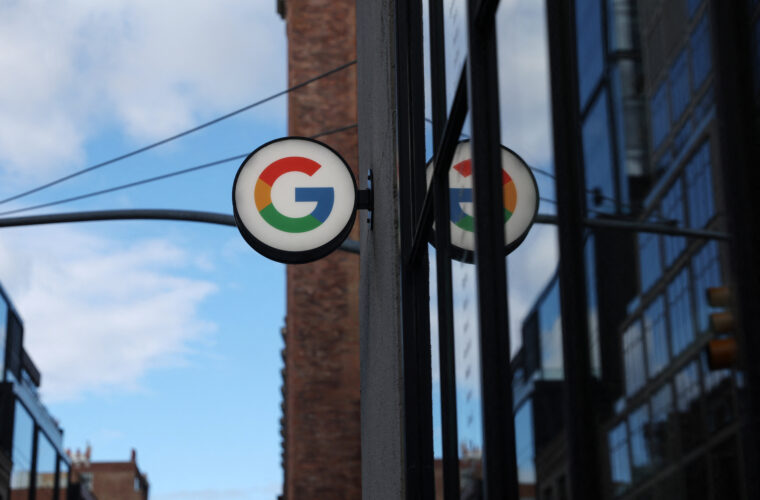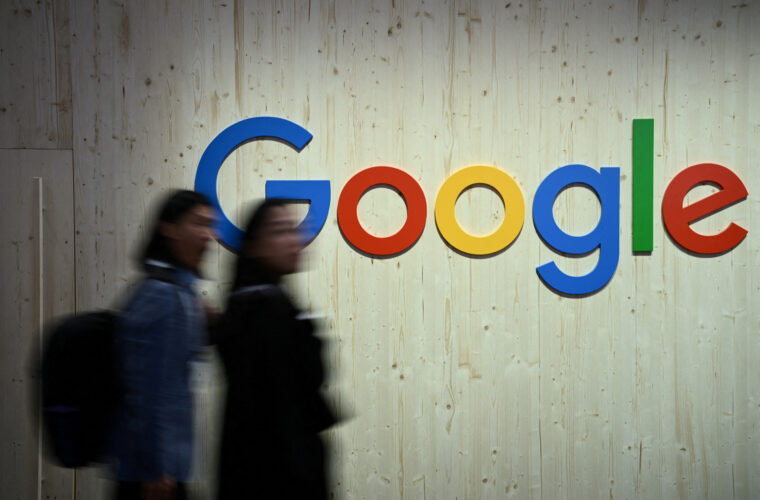Google smartphone: The smartphone market is in a crisis of ideas and numbers. Sales are falling, and almost all manufacturers are suffering, although the higher end of the market shows signs of bucking the trend. The latter, however, is mostly the territory of Samsung and Apple, which have led the sector for years now and play a different game from the others. Something might change in the future because a company with enormous resources has decided to show its muscles also among smartphones.
With the recent arrival of the Pixel 8 Pro, Google has thrown down the gauntlet to all manufacturers, starting with the many partners that rely on Android. It is nothing new that Google knows how to make excellent phones, but it is the desire to invest in European markets to repeat the growth recorded in North America, where Big G has conquered 4% of the market with a year-on-year growth of 59%. In Europe, most people associate Google with the Internet by virtue of a search engine that has changed the way we live and find information. But Big G does so much more, including top-of-the-range smartphones that look different from their competitors.
Software before hardware: Google’s reversal
Selling a phone today is about selling a user experience, so focus on what the user can do with the smartphone rather than highlighting what the phone looks like. This might sound like a minor change, but it is actually an approach that turns the way we communicate (and thus sell) phones upside down compared to what has been done so far. Looking at Android, all the Chinese companies are competing to show off the quality of the display, more lenses on the rear camera, super fast charging systems, and profiles that emphasise thickness records. Elements that fall by the wayside for Google, not because they are not made with care and the maximum that technology allows, but because Big G is interested in putting software and not hardware at the centre.
One example is Tensor G3, the processor in the new Pixel 8 and Pixel 8 Pro, which Google developed in-house with the help of Samsung. In theory, this is an element of strength, marking the difference from all the others that rely on Qualcomm Snapdragon processors (of an excellent level). Still, Google is not interested in winning the benchmark challenge as much as counting on a functional chip to ensure a series of functionalities linked to algorithms and machine learning because artificial intelligence is the calling card of the smartphones designed in Mountain View.


In a market dominated by clones and few flashes of creativity, Google targets buyers by focusing on a different user experience and useful functions to satisfy their desires, starting with the camera, which has three lenses and many options for modifying the shot. Is there something wrong with the picture? With the Magic Editor on Google Photos, one can use AI to reposition or resize framed subjects or work on the audio of videos by deleting unwanted sounds without affecting the speakers’ words.
When taking group pictures, is there always someone looking away? Problem solved: With Best Take, the smartphone will automatically identify the best faces of all the subjects captured by fishing through various photographs. AI is a protagonist at every level, as it can offer the summary of an online article, translating and reading it aloud if necessary so that the content can be heard at a congenial moment. Voice prompts are also improved, thanks to recognising pauses and nuances in the speaker’s speech.
The life cycle of smartphones is getting longer
Regarding software, Google has announced that updates for the new Pixel will last seven years. This is a game-changer because never before has anyone gone beyond five years. From now on, all Android manufacturers will be forced to review their strategies on the subject because otherwise, they will leave life easy for Big G’s phones. Not least because the American company has specified that support includes operating system updates, security patches, but also Pixel Drop, with new feature updates to be added over the years.
While it is appropriate to believe that a limit will have to be in place so as not to penalise the Pixel 9 and others that will come after it, Google’s move will lengthen smartphones’ life cycle. This means that the company will share in the reduction in the number of enthusiasts who will continue to buy a new phone every year. One can, therefore, understand how it is not Apple that has to worry about Google’s growth but its partners who are forced to imitate Big G’s choices in order not to lose share. It will be up to them to find effective solutions beyond price (Pixel 8 Pro with 128GB of storage costs €1,099 in Spain, Italy, France and Germany, while in the UK, it stands at £999), probably also adapting to the DIY repairs already available for new and old Pixels thanks to the partnership with iFixit.
Talking about smartphones does not mean focusing on the hardware peculiarities of a device, which should instead be talked about for what it allows you to do and how to do it. Google’s message is clear; we will see whether other manufacturers will have understood it in the coming months.



